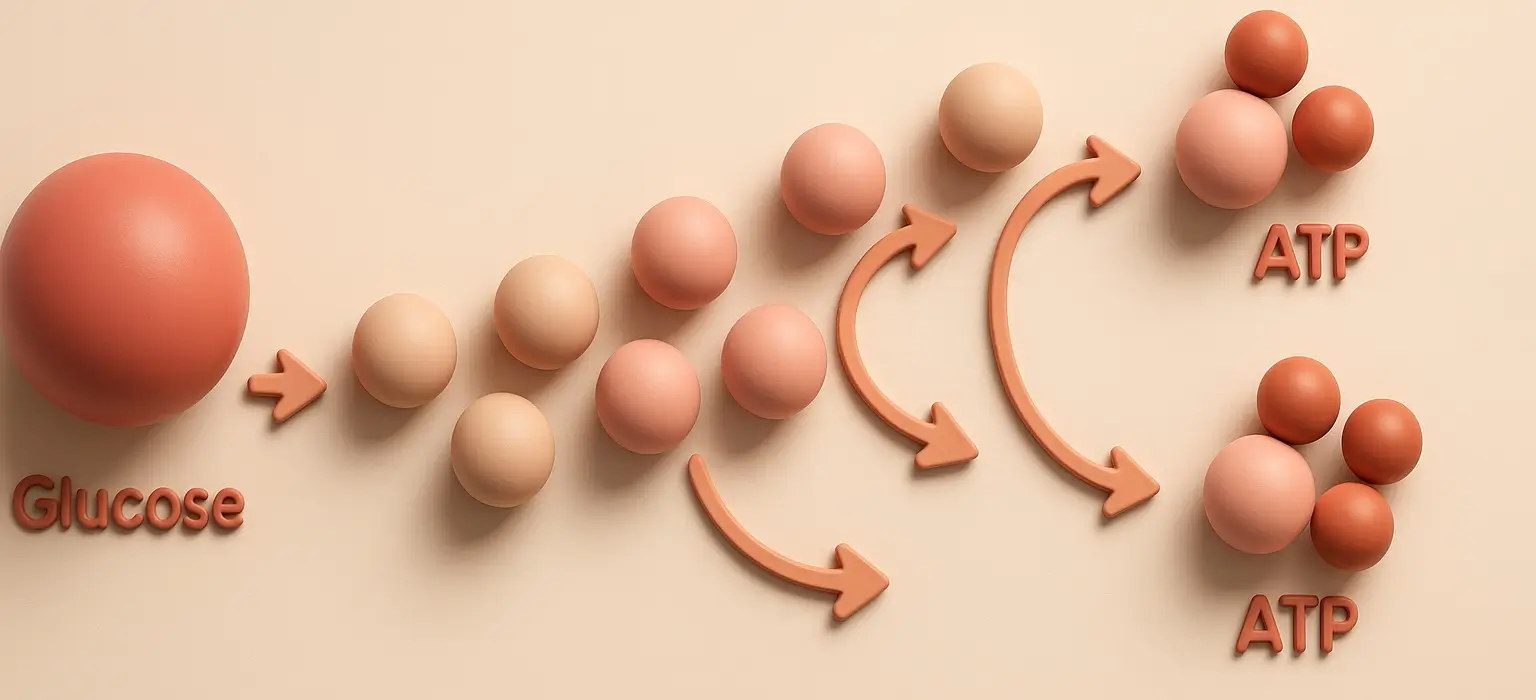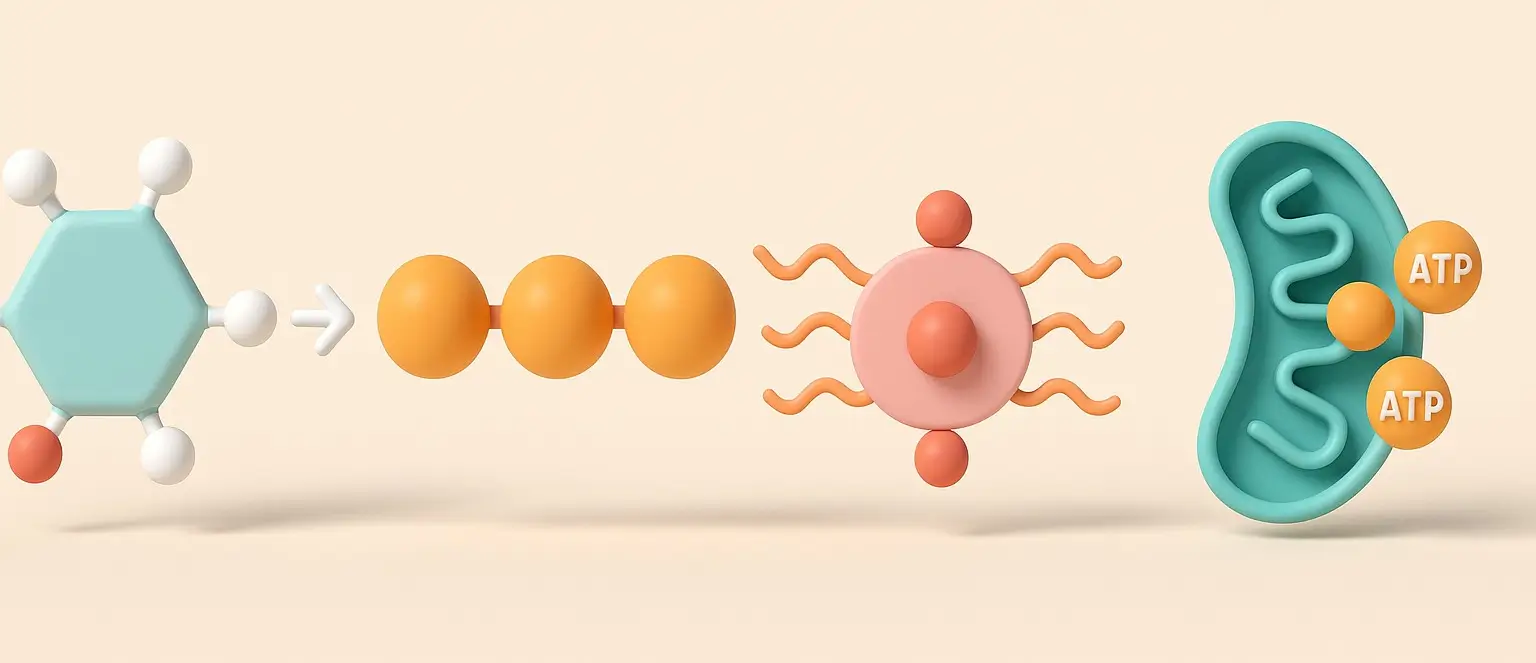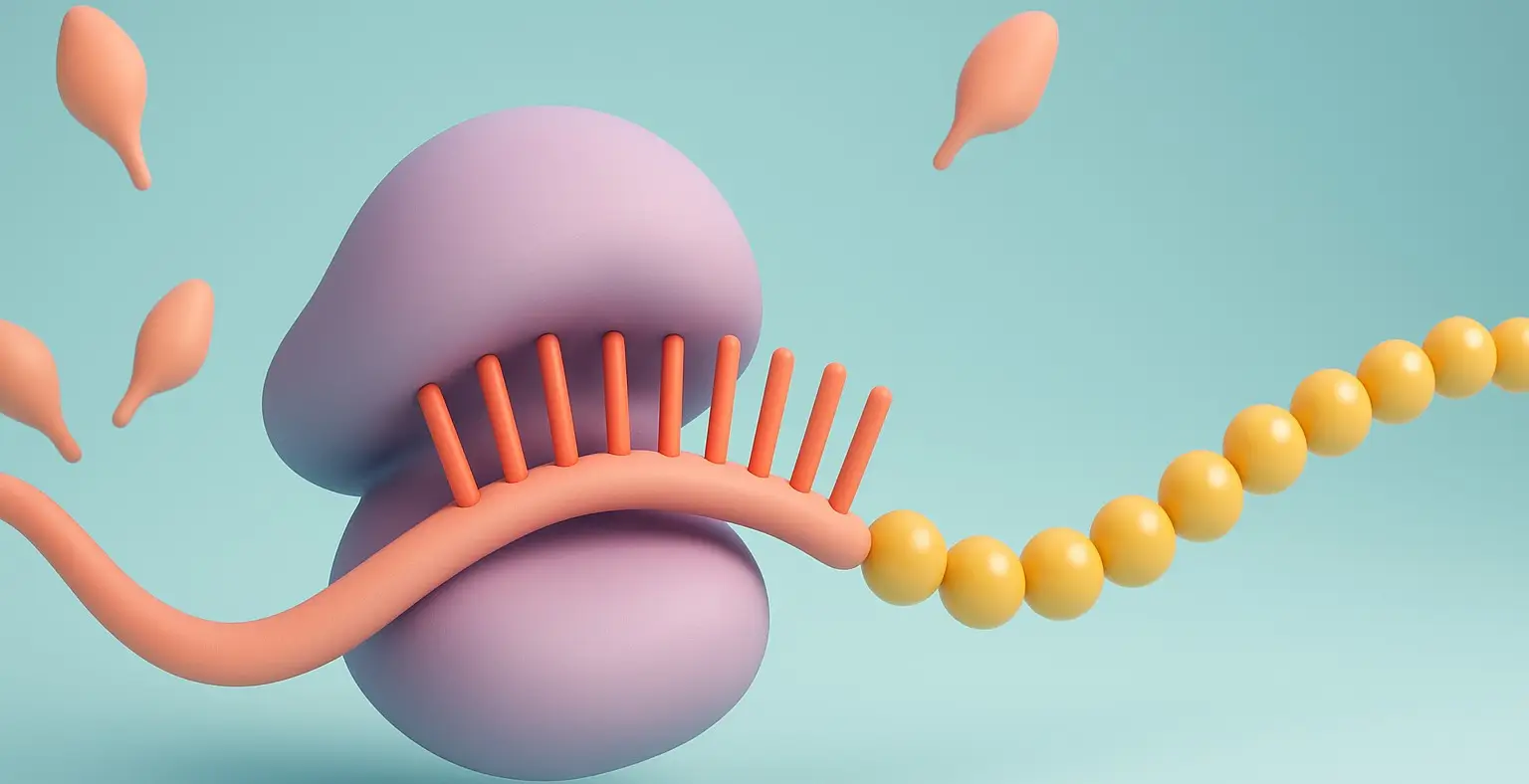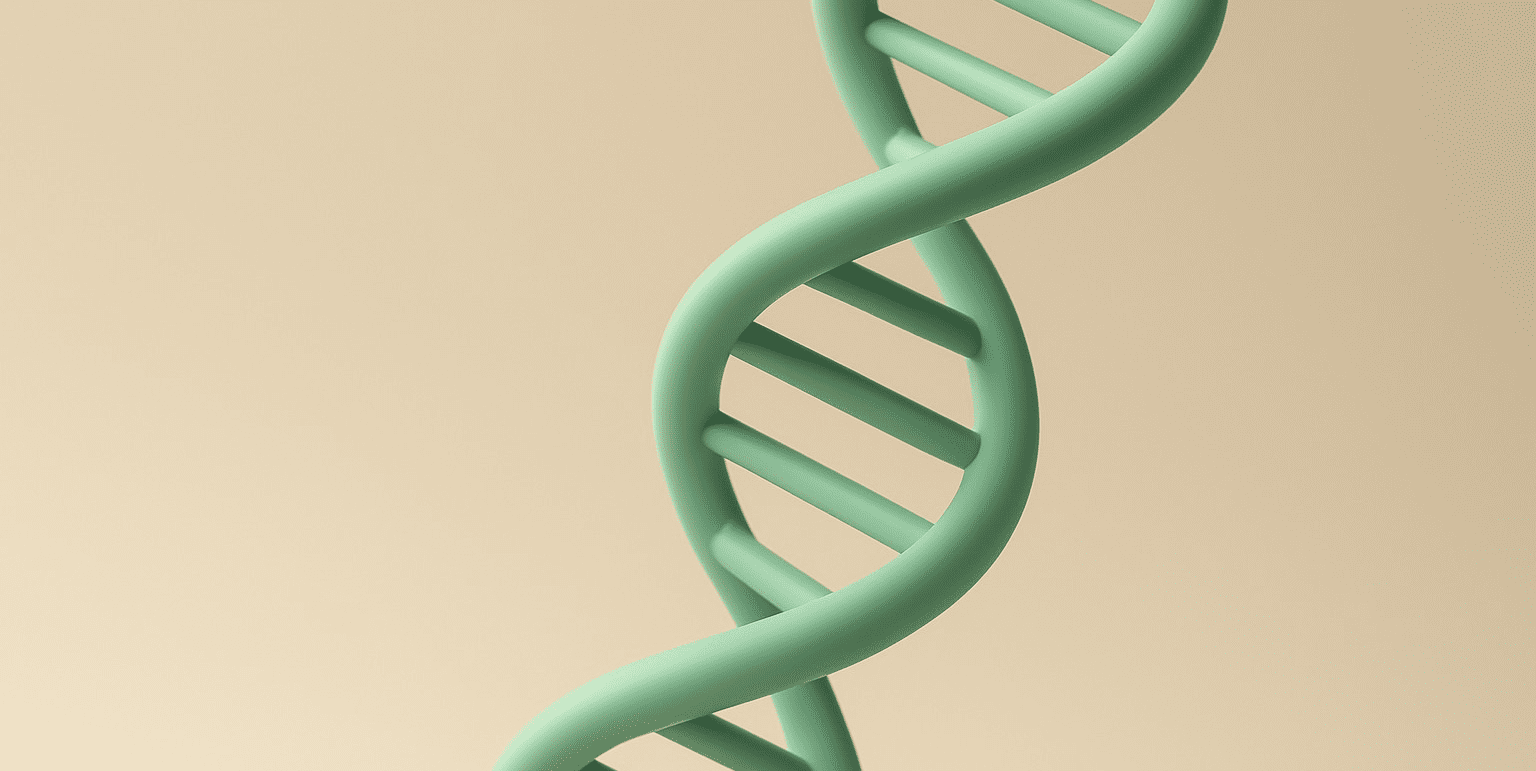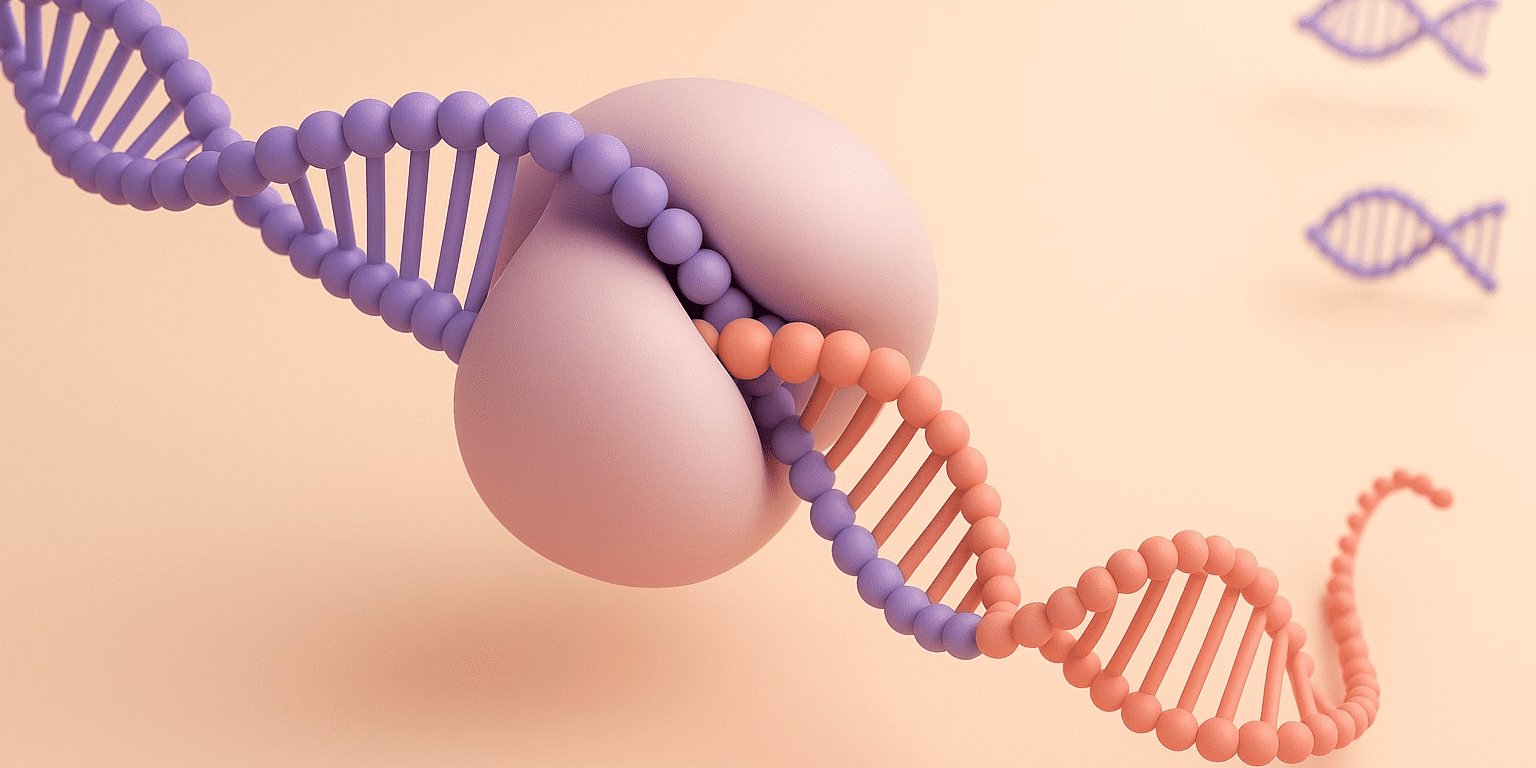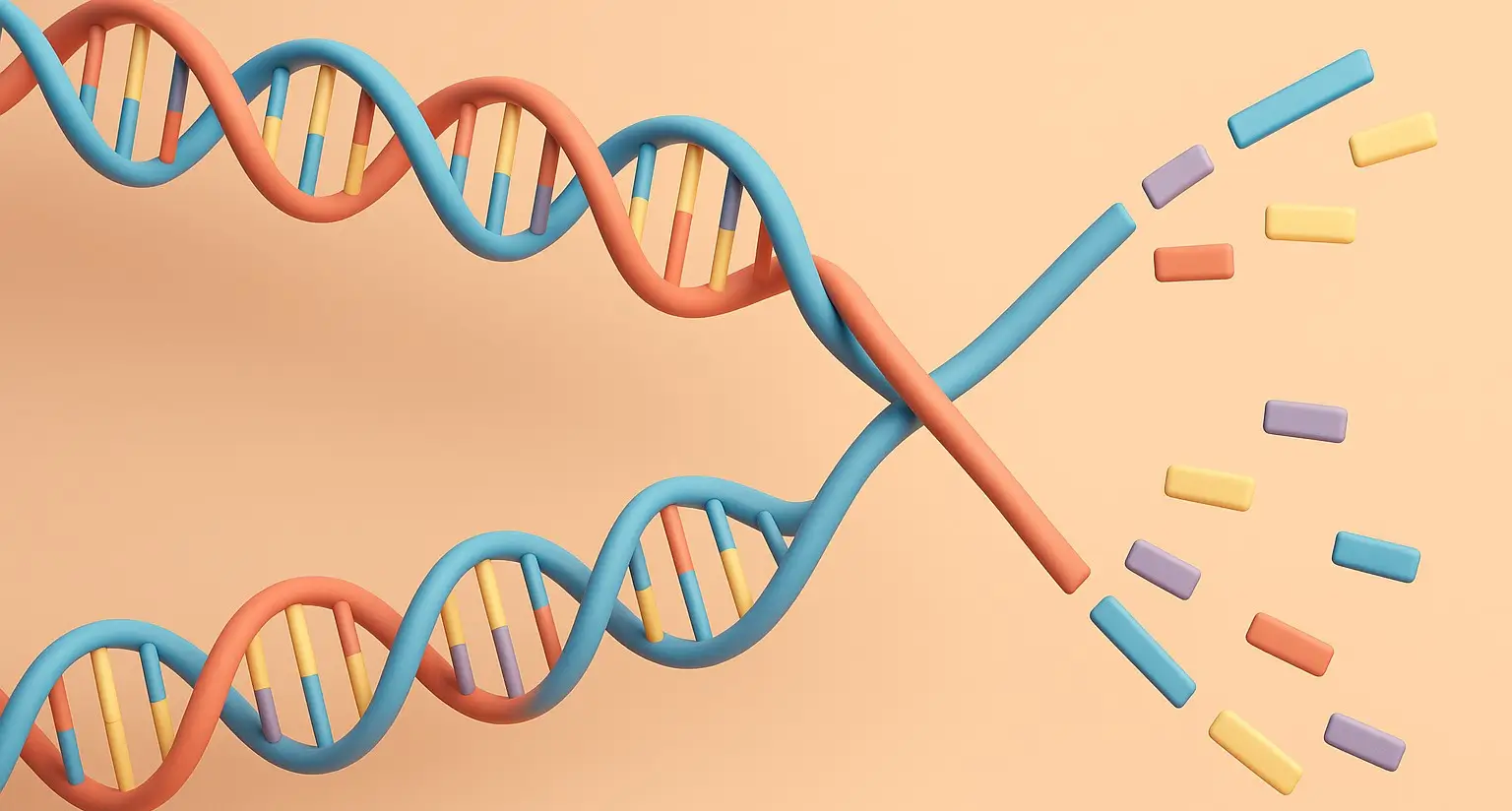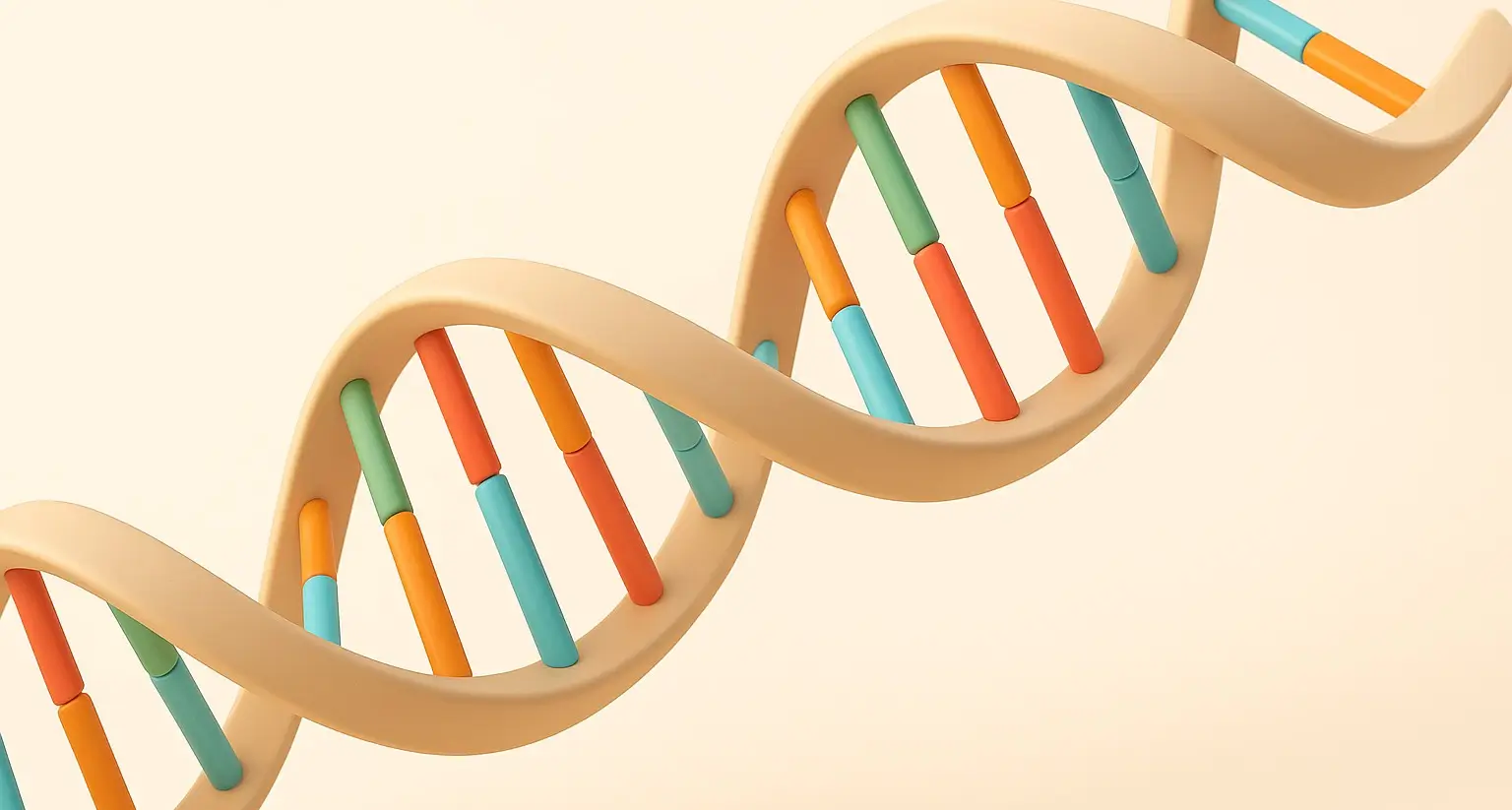Gluconeogenesis- Pathway and its significance
Gluconeogenesis is a crucial metabolic pathway that synthesizes glucose from non-carbohydrate sources, maintaining stable blood glucose levels during fasting, prolonged exercise, or low carbohydrate intake. It occurs mainly in the liver and kidneys. Gluconeogenesis Pathway Gluconeogenesis reverses most steps of glycolysis, except for three key steps where it uses unique enzymes: Pyruvate to Phosphoenolpyruvate (PEP): … Read more


